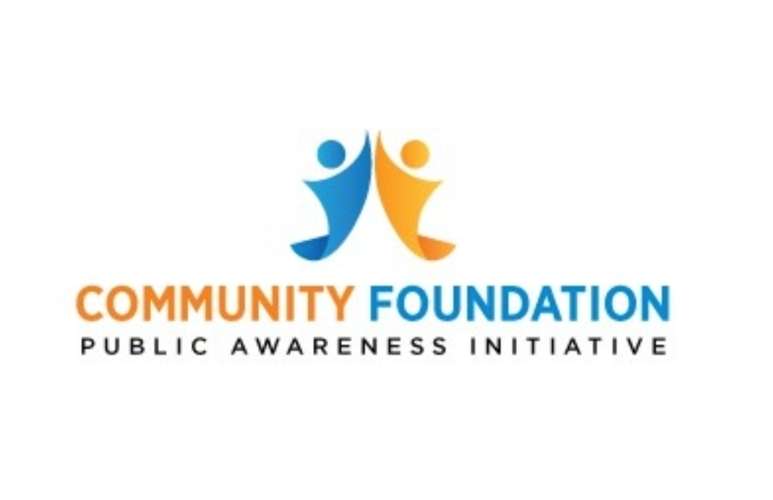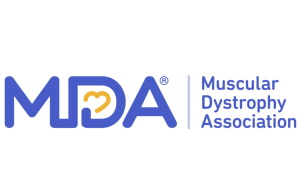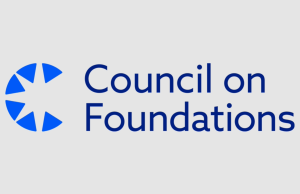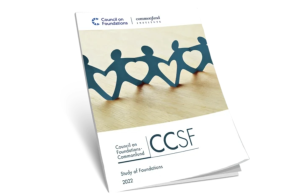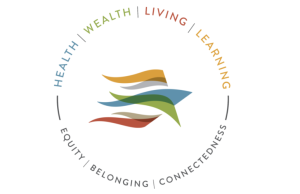Funders to community foundations in the U.S. released more than $6.7 billion from their donor-advised funds (DAFs) to nonprofits in 2020, up from $4.75 billion in 2019, according to a survey of 84 community foundations undertaken by the Community Foundation Public Awareness Initiative.
The survey only covered community foundations, which work in defined geographic areas, and did not include commercial funds such as Fidelity Charitable or Schwab Charitable, which have different charters and do not limit their activities to specific communities, according to Community Foundation Public Awareness Initiative spokesperson Peter Panepento.
The funds were released in response to the needs of communities affected by the COVID-19 pandemic. Recipients included local nonprofits that provide relief to families dealing with food insecurity, housing uncertainty, lost income and other issues.
Just as the distributions increased year-over-year, contributions and other revenue enhancement to community DAFs were up as well, jumping from $6.19 billion in 2019 to $7.7 billion in 2020, according to Panepento.
Not all of that reflects donor contributions. The overall DAF holdings increase as previously held assets appreciate. The increase in DAF contributions might reflect 2020 having been a boom year for investments, even if a tight labor market meant funders weren’t able to contribute as much to their DAFs as they would have liked. If an increase in overall DAF holdings is a leading indicator, this could mean 2021 will see additional boosts in distribution.
“The money isn’t coming in and out in the same year,” Panepento said. “But we have seen a consistent trend in grantmaking going up. Since the 2008 downturn, contributions into DAFs have been going up year-over-year. At the same time, we have seen a corresponding increase [in distributions]. The pace of increase in grantmaking has outpaced contributions in during that time,” he said.
“The fund balances have gone up as investments have gone up,” Panepento added. “If the market goes down, you would see fund balances go down based on investment balances and contributions. Our contention is that when a community goes into great need, community DAFs continue granting money even as other sources decline. The reason is that the investments that come in are available at those downtimes to continue grantmaking.”
Still, the fact that DAFs grew as much as they did during 2020, even if the growth was organic due to investments appreciating, gives rise to thoughts that they could be doing more, given the confluence of economic, coronavirus and racial stresses communities are facing.
“One thing we know is that overall every year between 80 and 86 percent of available DAF funds are retained within DAFs and not distributed to working charities,” said Ray Madoff, a professor at Boston College Law School and director at the Forum on Philanthropy and the Public Good.
“We know that some money goes in and out of DAFs very quickly,” Madoff continued. An example is people who use DAFs to fund their annual giving, or who use them to front load three years of donations to get over the standard deduction to take advantage of itemizing.
“Community foundations tend to have a lower overall payout rate than commercial donor-advised funds,” Madoff added, while noting one key difference. “The commercial DAFs are more likely to have quick pour-through DAFs and community DAFs are more likely to have endowed accounts, which only pay out the interest. That throws off the averages. The point is not to say one is good and the other is bad, just that averages are deceiving.”

